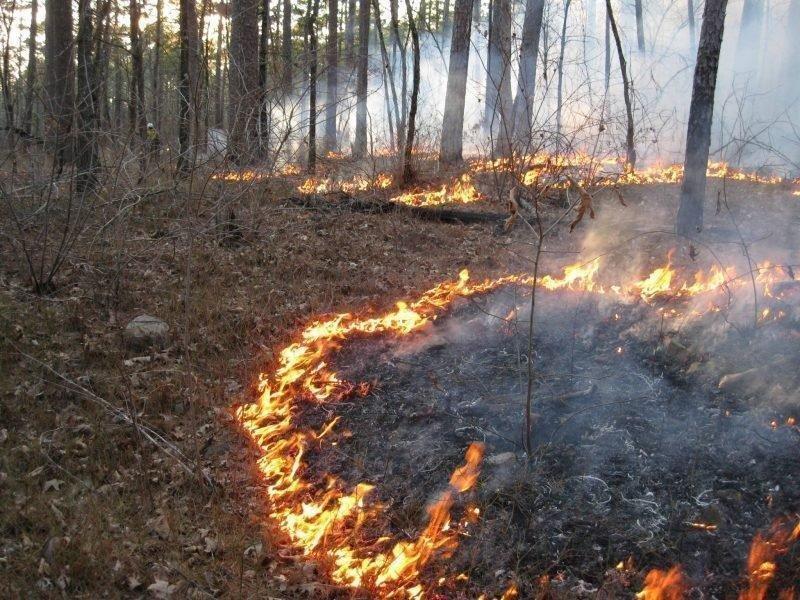Forest Service Press Release
Forest Service fire and fuels crews plan to continue prescribed burning on Trail Mountain. Last month, approximately 75 acres were burned on Trail Mountain utilizing hand ignitions. If weather and fuel conditions permit, aerial ignitions of larger areas on the mountain will begin during the first two weeks in June. Smoke from the fire will be obvious in Joes Valley and may be visible from Orangeville, Castle Dale and further north.
Using prescribed fire on Trail Mountain is intended to reduce the risk of severe stand-replacing wildfire and regenerate declining aspen. The fire will use a combination of aerial and hand ignitions in order to create a mosaic fire pattern, ranging from high severity stand replacement to low severity ground fire.
Mixed conifer forests in Central Utah are usually made up of dense stands of older fir and spruce. Spruce beetles have left many dead Englemann spruce in these stands. The objective is to reduce dead and down fuels by an average of 50 percent in most of the proposed burn units.
The changes created by fire restore critical habitat for elk, deer and other browsing animals. Prescribed fire can also restore Goshawk foraging habitat by creating areas of open ground within the forest. Even bees and butterflies benefit from the enhanced wildflower-rich foraging habitat created by fire.
Drones will be banned in the airspace over the fire. During aerial ignitions, a temporary flight restriction order will be in place. Flying drones or unmanned aircraft systems within or near wildfires without permission could cause injury or death to firefighters and hamper their ability to manage the fire.
Only fire personnel will be allowed within the burn area during ignition operations. Fire personnel will continue to monitor the burn for its duration. Temporary closure of Forest Road 0040 may be implemented for firefighter and public safety during aerial ignition operations.


